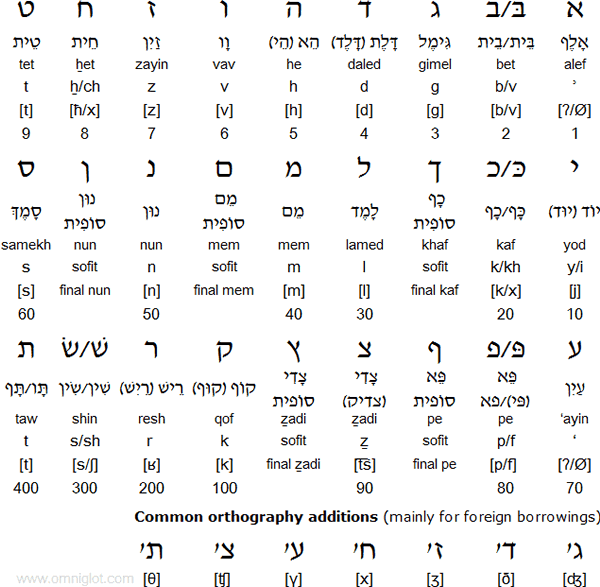"Gens beaux" is a French phrase meaning "beautiful people" or "handsome people". "Gens" translates to "people" in English, while "beaux" is the masculine plural form of the adjective "beau," which means "beautiful" or "handsome".
Kamis, 24 Agustus 2017
Senin, 14 Agustus 2017
Selasa, 01 Agustus 2017
Vokalisasi Hebrew (Tiberian, Palestinian dan Babylonian)
Vokalisasi Tiberian

Vokalisasi Palestinian



Vokalisasi Babylonian



Sumber :
Wiki Hebrew

Vokalisasi Palestinian
The most commonly occurring Palestinian system uses seven graphemes,
reflecting later vowel differentiation in the direction of Tiberian
Hebrew
Even so, most Palestinian manuscripts show interchanges between qamatz and patah, and between tzere and segol. Shva is marked in multiple ways.

Paul Kahle, Masoreten des Westens, vol. 2, Stuttgart 1927, plate 11
Vokalisasi Babylonian
The simple system also has signs corresponding to Tiberian dagesh and rafe, though not used identically. Shva quiescens (shva nah) is unmarked.

Paul Kahle, Masoreten des Ostens, Leipzig 1913, plate 5.

Paul Kahle, Masoreten des Ostens, Leipzig 1913, plate 3.
Sumber :
Wiki Hebrew
Langganan:
Komentar (Atom)


